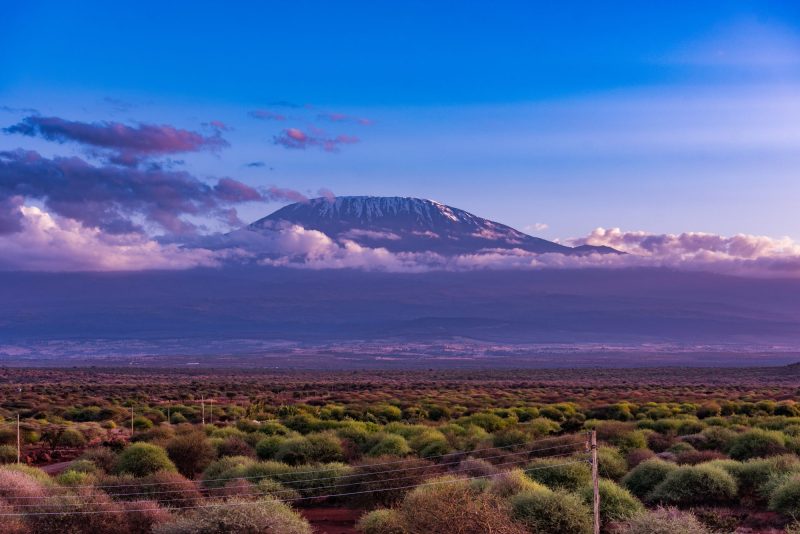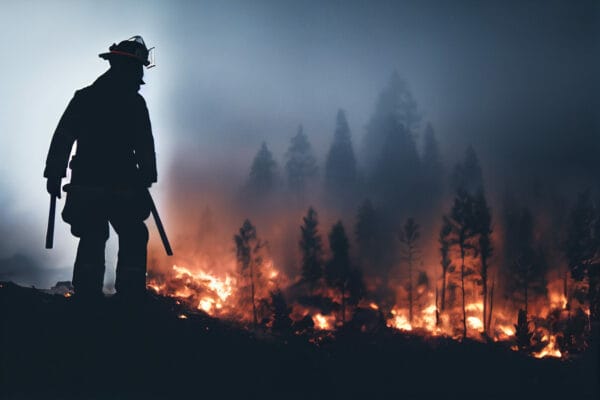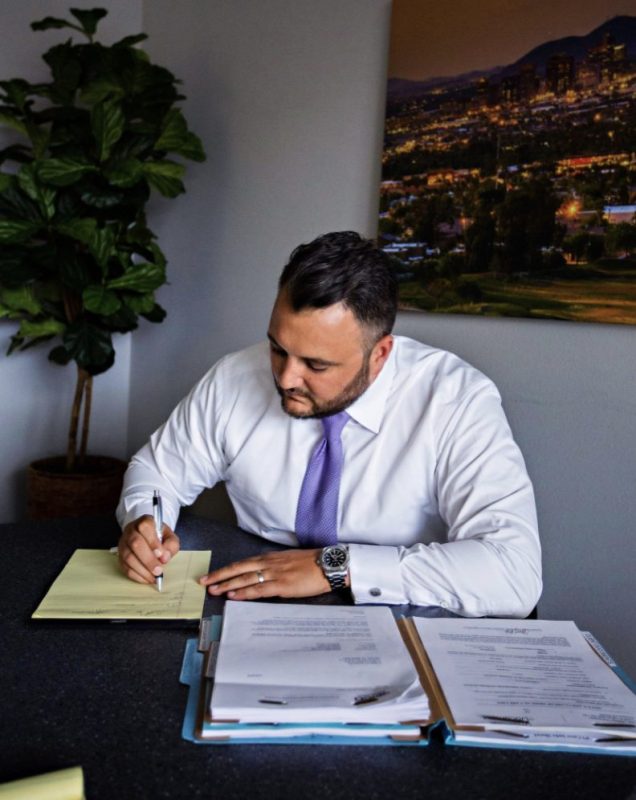Artificial turf
Opinion: Arizona has made a lot of cuts to prop up Lake Mead. But we don’t live like that water supply is as threatened as it is.
By Joanna Allhands | Arizona Republic
Ornamental grass is commonplace in Morrison Ranch, a master-planned community near Higley and Elliot roads in Gilbert.
You’re not going to like what comes next to save Lake Powell and Lake Mead.
The situation on the Colorado River continues to get worse. Reservoir levels are falling into worst-case scenario territory with shocking speed.
Yet even if we had new sources of water identified today (which we don’t), it would take years to build that infrastructure. And we’re now being asked to act every few months, taking ever more painful actions each time.
The only meaningful thing we can do in the short term is use less water.
A lot less.
Arizona has cut deeply to prop up Lake Mead
I know. We’ve been down this road before. Arizona has already agreed to leave – be it from voluntary measures or mandatory cuts – more than 800,000 acre-feet in Lake Mead this year.
That’s more than 260 billion gallons – or roughly what the state would have been forced to cut if the lake were in a Tier 3 shortage, the worst for which we’ve planned.
Yet we’re still officially in a Tier 1 shortage, which for the central Arizona cities that receive Colorado River water, still means precious little.
Said another way, Arizona is saving the same kind of water as we would when it really starts to hit the fan for the state’s largest cities.
Without the pain of doing so.
We don’t live as if our water was threatened
Don’t get me wrong: This is a good thing. It’s testament to how diverse our water supplies are, and how creative we’ve been to use less water without feeling much pain.
But maybe it’s time that changed.
I’m not suggesting that we try to inflict pain on people, especially before that pain is necessary. Just ask California: Unpopular mandates only work for a while, and certainly don’t sustain savings over time.
But what if we lived a little more like the Colorado – which supplies a third of Arizona’s water – was as threatened as it is?
That’s not just a question for elected leaders, though they have a role in this.
You’re going to have to answer this question. And so am I.
What if we started with ornamental grass?
Let’s start with a place like Gilbert’s Morrison Ranch, a 3,000-acre master planned community that began to take shape in the 1990s, when our water picture was much different.
There is ornamental grass everywhere – in front yards, at the entrances to shopping centers, in medians – the whole community is a verdant strip of green. It’s lovely, don’t get me wrong, and much of it is fed by reclaimed water, not potable supplies.
But critics say that much green also projects an image that is wildly out of touch with where the West is heading.
The Las Vegas area has already moved to ban “non-functional” grass, not ballfields or parks but the kind at business entrances and in medians that exists simply for aesthetic purposes. Its regional water agency also has banned grass yards in new housing developments.
Granted, Morrison Ranch is an outlier. Most new developments aren’t nearly as green, and most established neighborhoods have far less grass than, say, 20 years ago.
But considering that most municipal water is used outdoors, there are still plenty of areas that could use less of it by rethinking their landscaping choices.
Offer more (and easier-to-use) turf removal rebates
Would residents agree to that?
A newly passed state law gives homeowners in neighborhoods that require grassy front yards more ability to convert to artificial turf (believe it or not, some homeowners associations have routinely said no).
But that’s not cheap. And rebates from the few cities that offer them don’t always cover the cost of moving to more desert-adapted plants and trees, particularly if there is a lot of turf to replace. Recipients also must jump through hoops to get the cash – moves that few people either know about or are willing to take.
If we’re serious about nixing grass that serves no purpose, other than to look pretty, incentives need to be far more uniform across cities and far easier for residents to understand.
It also wouldn’t hurt to shove some pandemic recovery dollars into these programs, though I fully recognize that incentives are no panacea. For any conservation program to work, residents must want to use it.
Save more now. It might hurt less later
It’s also worth pointing out that cities only use about 20% of the state’s water, and even if we nixed every bit of grass in metro Phoenix, it wouldn’t slow the drain at Lake Mead.
Lake levels are projected to drop 23 feet this year, in part because we’re getting less water from the upstream Lake Powell, but also because we’re still using much more than the river can reliably produce.
It’s going to take a lot more than turf removal, or even the most stringent cuts we could force onto metro Phoenix cities, to fix that problem – particularly when agriculture uses about 70% of water in Arizona and basin-wide.
But that doesn’t absolve cities, either – not when we are the next ones in line for cuts.
Are homes and businesses ready to make some tradeoffs that could save water and, as importantly, set the tone for what life with a dwindling river should look like?
This isn’t a “someday” sort of question. The more we can voluntarily save today, the more time we buy before everyone is forced into mandates.
Personally, I’d rather delay that reality, or at least make the jump to it smaller for us all.










